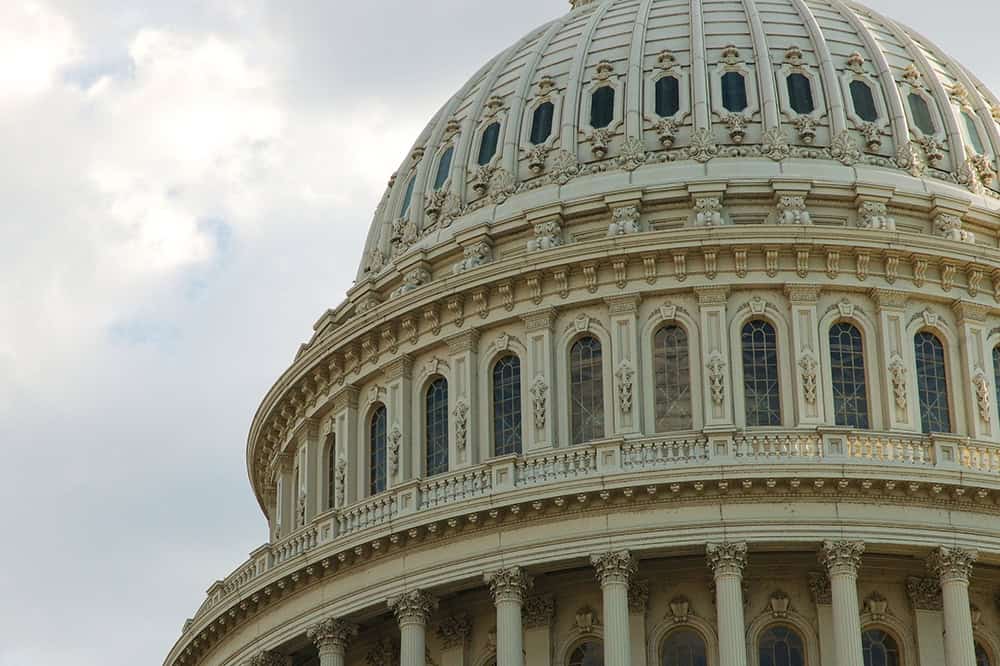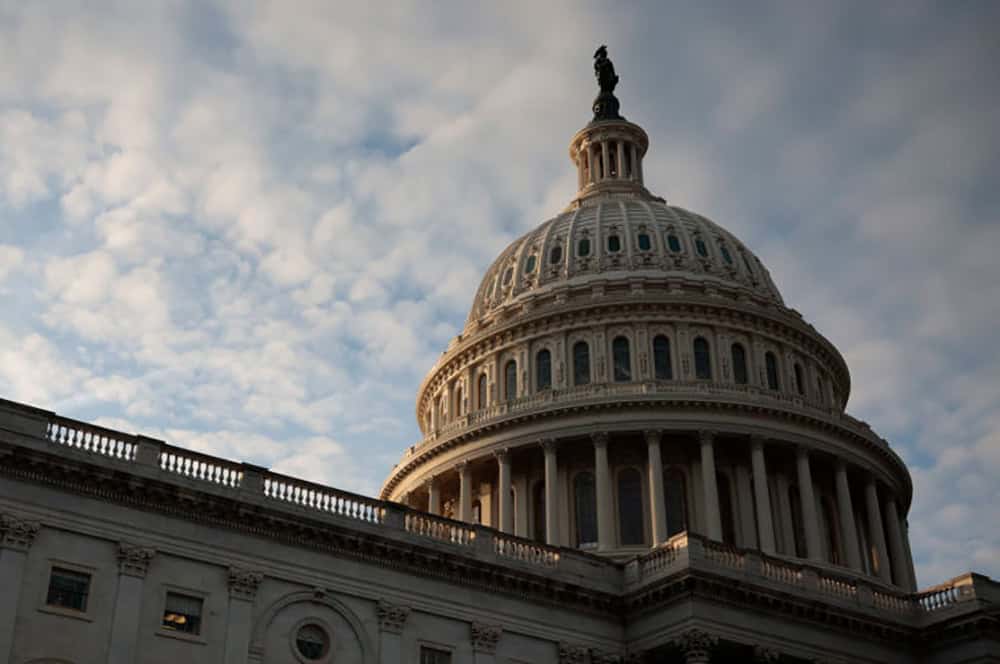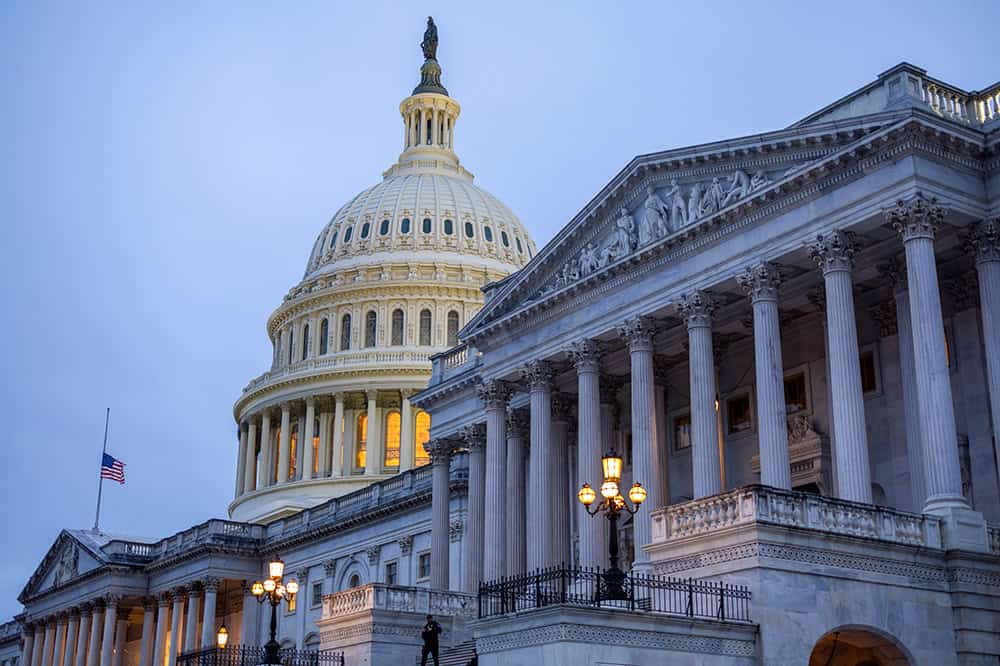How Much Does the Government Spend on International Affairs?
Last Updated April 26, 2024
Federal spending for international affairs, which supports American diplomacy and development aid, is a small portion of the U.S. budget. It covers agencies such as the State Department, the United States Agency for International Development (USAID), and the Peace Corps, which are all non-military initiatives that work to improve international relations. In fiscal year 2023, the government spent $1.7 trillion on discretionary programs, of which $84 billion — or nearly 5 percent — was for international affairs. When viewed relative to the entire budget, including mandatory programs and interest payments, spending on international affairs is an even smaller share — comprising about 1 percent of total spending in 2023.
Most of the spending in this budget category falls into two categories:
- International development and humanitarian assistance is allocated to global health programs that help fight HIV/AIDS, tuberculosis, and malaria as well as programs related to maternal and children’s health in other countries. The category also includes funding for humanitarian assistance and protection through programs such as International Disaster Assistance, Migration and Refugee Assistance, and Food for Peace, which are administered by USAID and the State Department.
- International security assistance consists of funds dedicated to advancing U.S. national security by strengthening the military and law enforcement capabilities of U.S. partners, reducing the flow of illicit products such as nuclear materials and narcotics, and supporting peacekeeping operations in fragile states.
Other spending in this category covers:
- Conduct of foreign affairs, which includes diplomatic, consular, and border security programs.
- Information and cultural exchange activities.
- International financial programs.
Over the past 50 years, appropriations for international affairs have accounted for a small portion of discretionary spending — ranging between 3.1 percent and 5.2 percent of the total. The fluctuations in spending reflect changes in global challenges at certain times. Efforts to promote peace in the Middle East, support new democracies, fight disease, stabilize fragile or failed states, and combat global terrorism have all impacted the amount of aid abroad. Notably, there were spikes in international spending following the terrorist attacks on September 11, 2001, the Ebola outbreak in 2013, and Russia’s invasion of Ukraine in 2022.
Recent increases in international affairs spending came in fiscal years 2022 and 2023 (a 20 percent increase from 2021 to 2022 and an 18 percent increase the following year) primarily to provide support to Ukraine after it was invaded. Additional support for Ukraine and other countries was provided through supplemental appropriations in fiscal year 2024.
Funding for international affairs does not represent a large portion of the entire budget. The country’s long-term fiscal imbalance is caused by the structural mismatch between spending and revenues. Federal spending — driven by rising healthcare costs, demographics, and interest payments on the national debt — outpaces revenues that are insufficient to meet commitments that have been made. Decreasing the nation’s debt and deficits requires addressing those larger, fundamental drivers over the long term.
Image credit: Jemal Countess/Getty Images
Further Reading
What Is a Continuing Resolution?
A continuing resolution is a temporary funding measure that Congress can use to fund the federal government for a limited amount of time.
Continuing Resolutions Are Stopgap Measures — But Now We Average Five a Year
While continuing resolutions can help avoid government shutdowns, they should be rarely used. However, CRs have become the norm.
Why Do Budget Baselines Matter?
Applying the current-policy baseline would not only be fiscally irresponsible in terms of this year’s tax debate, but it would set a dangerous precedent for the future.


